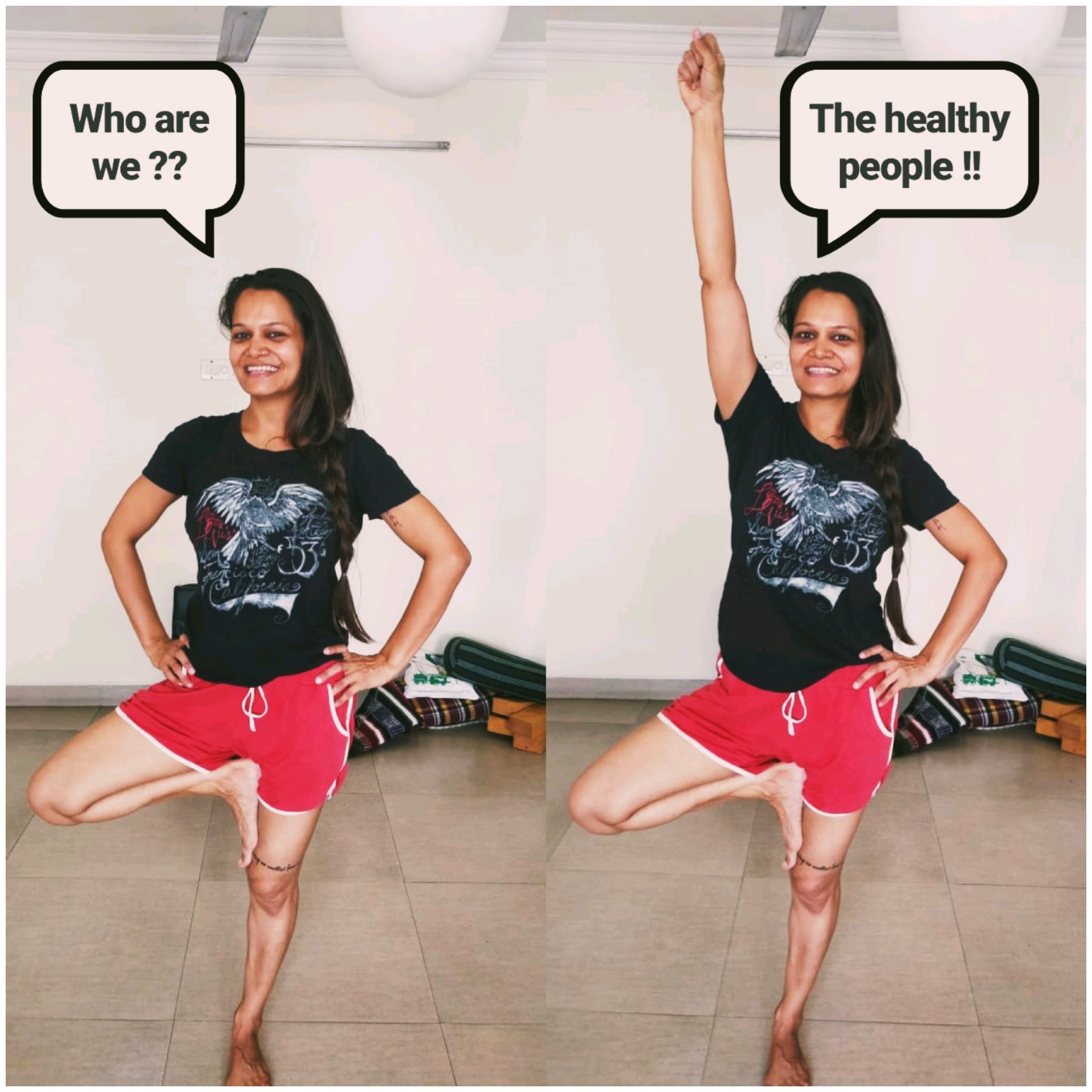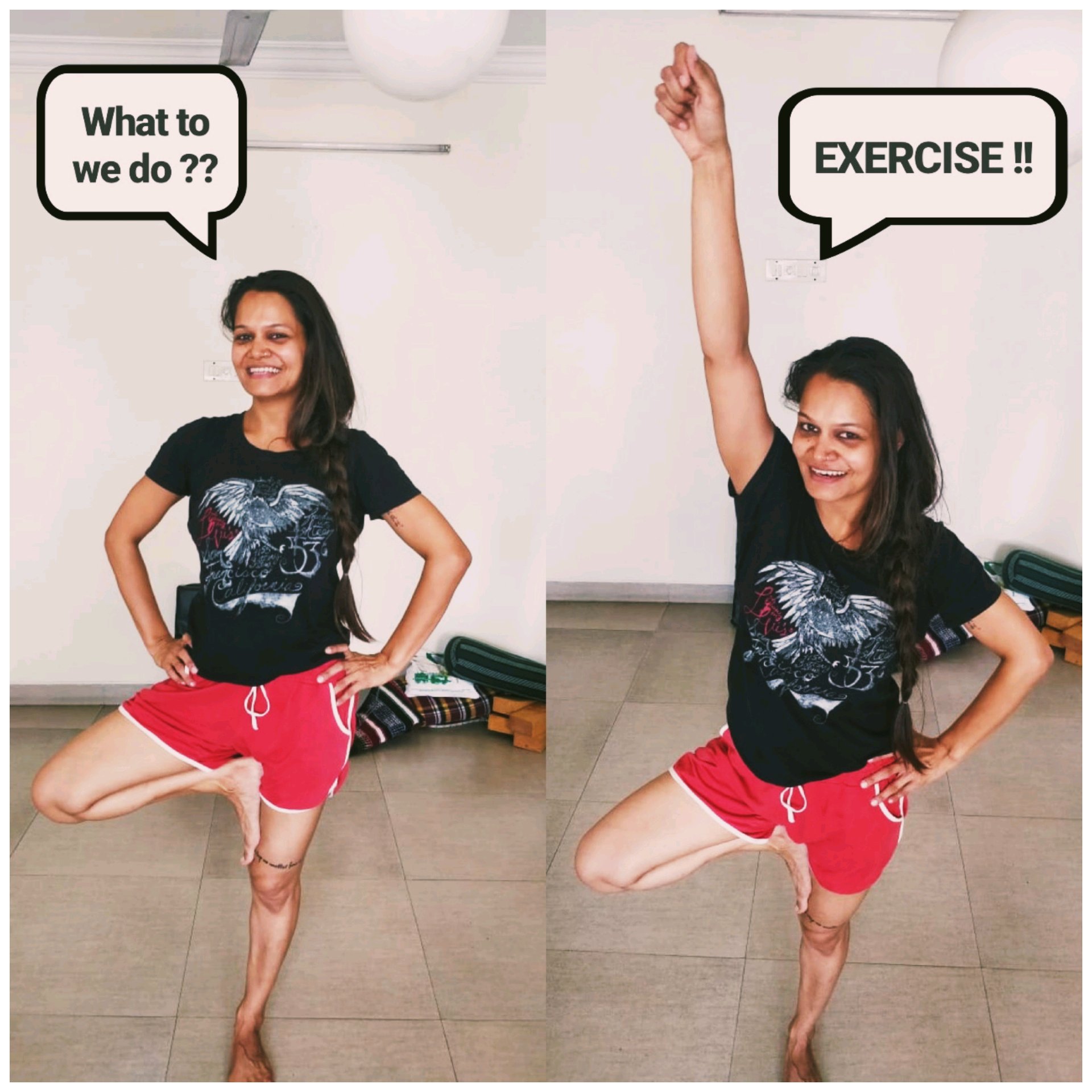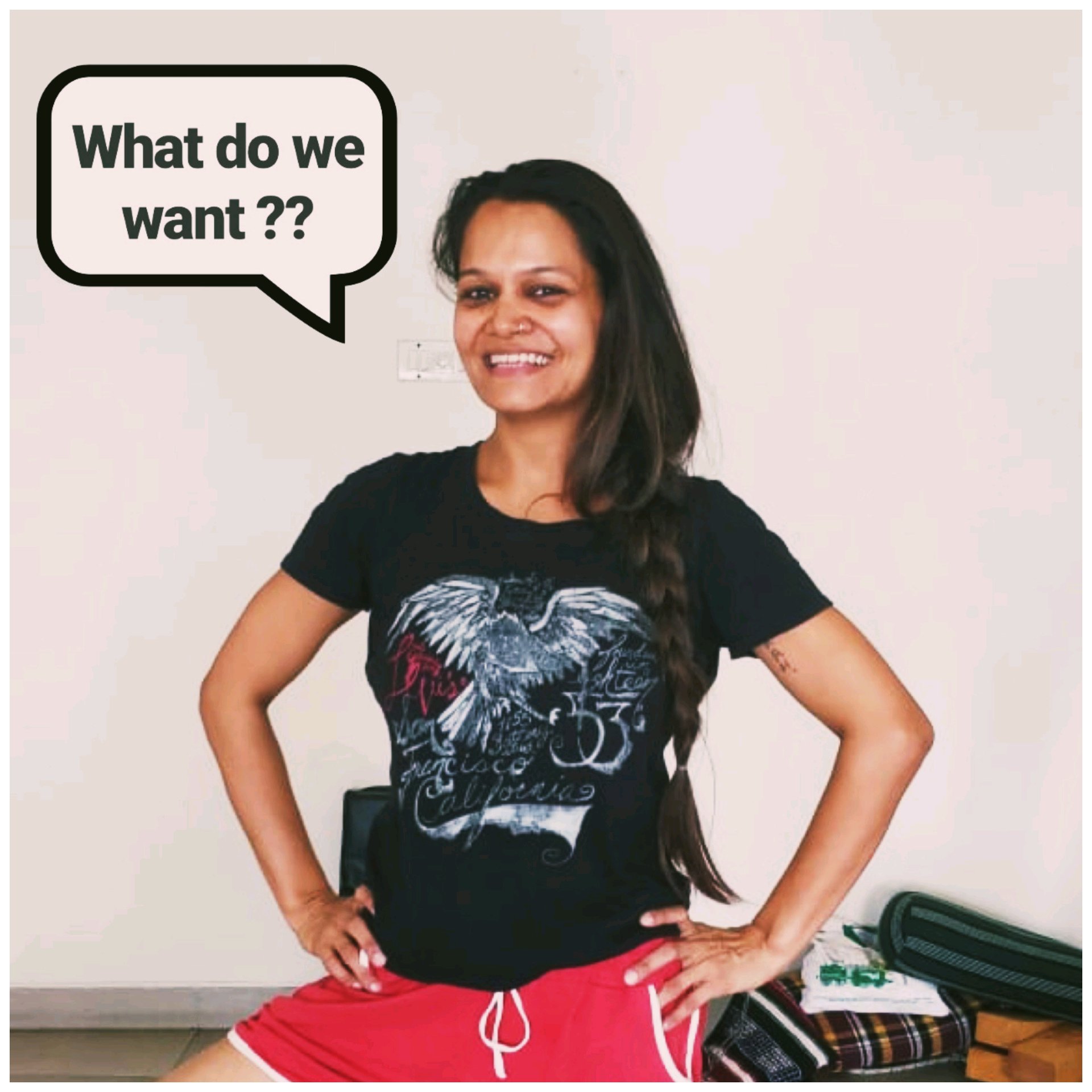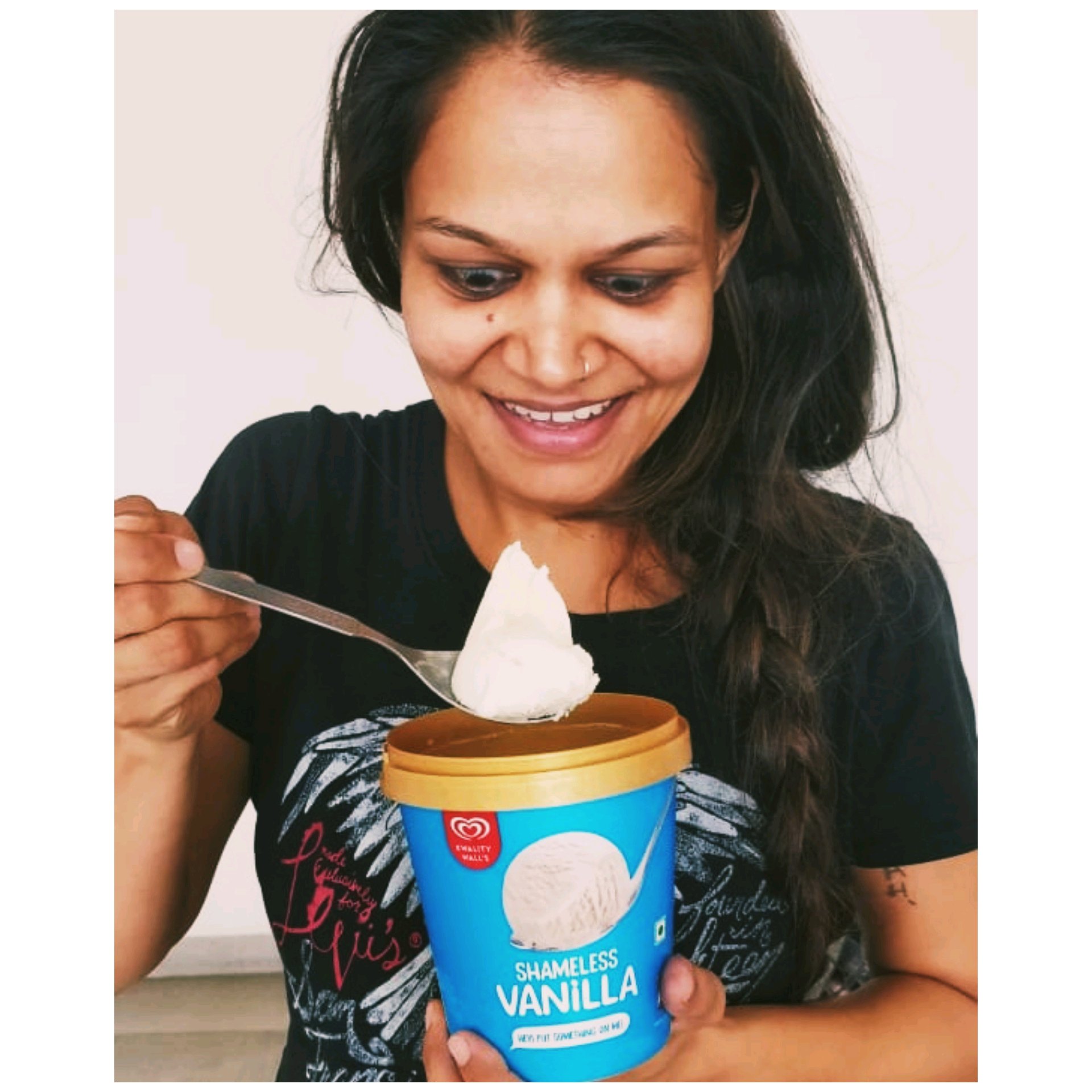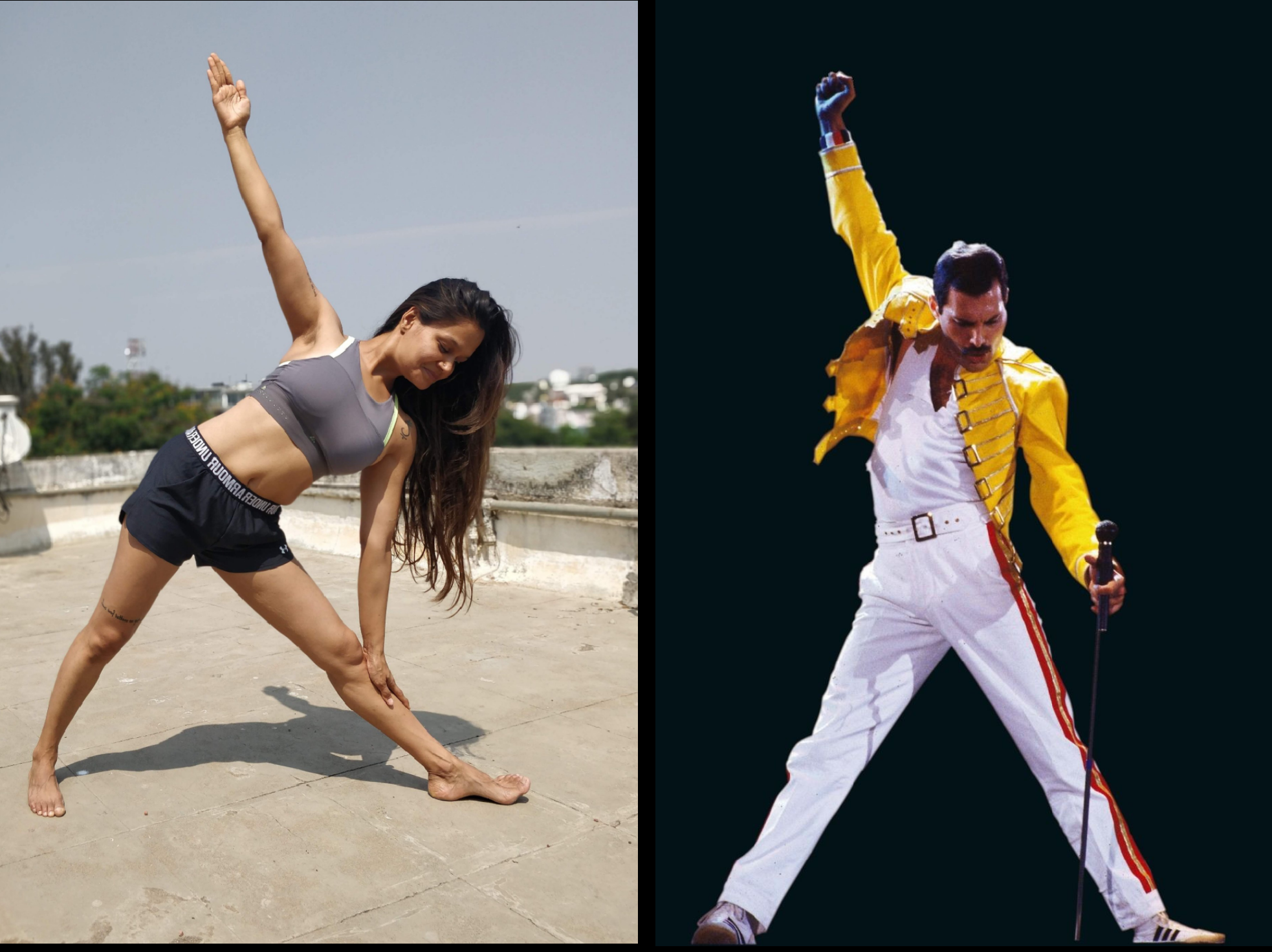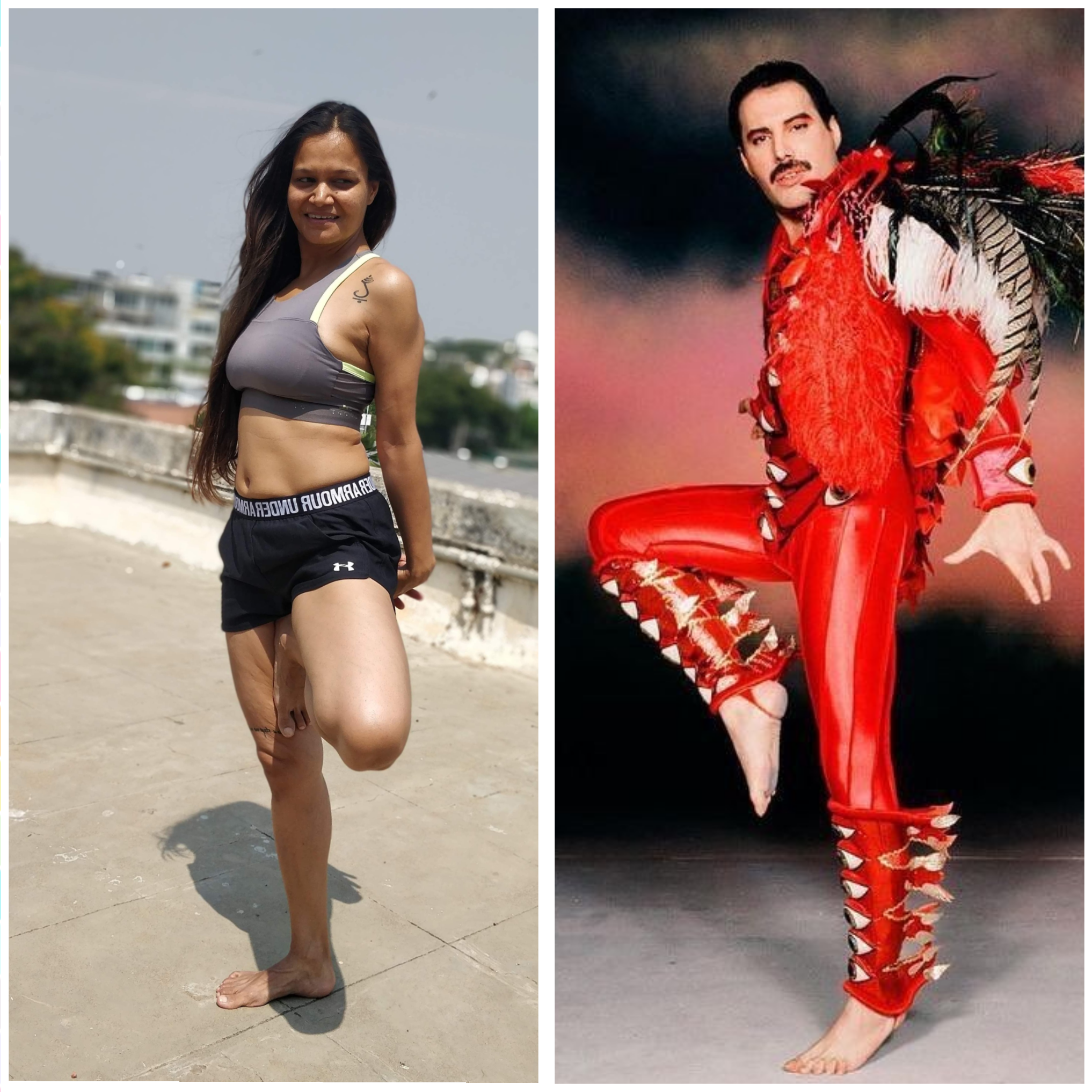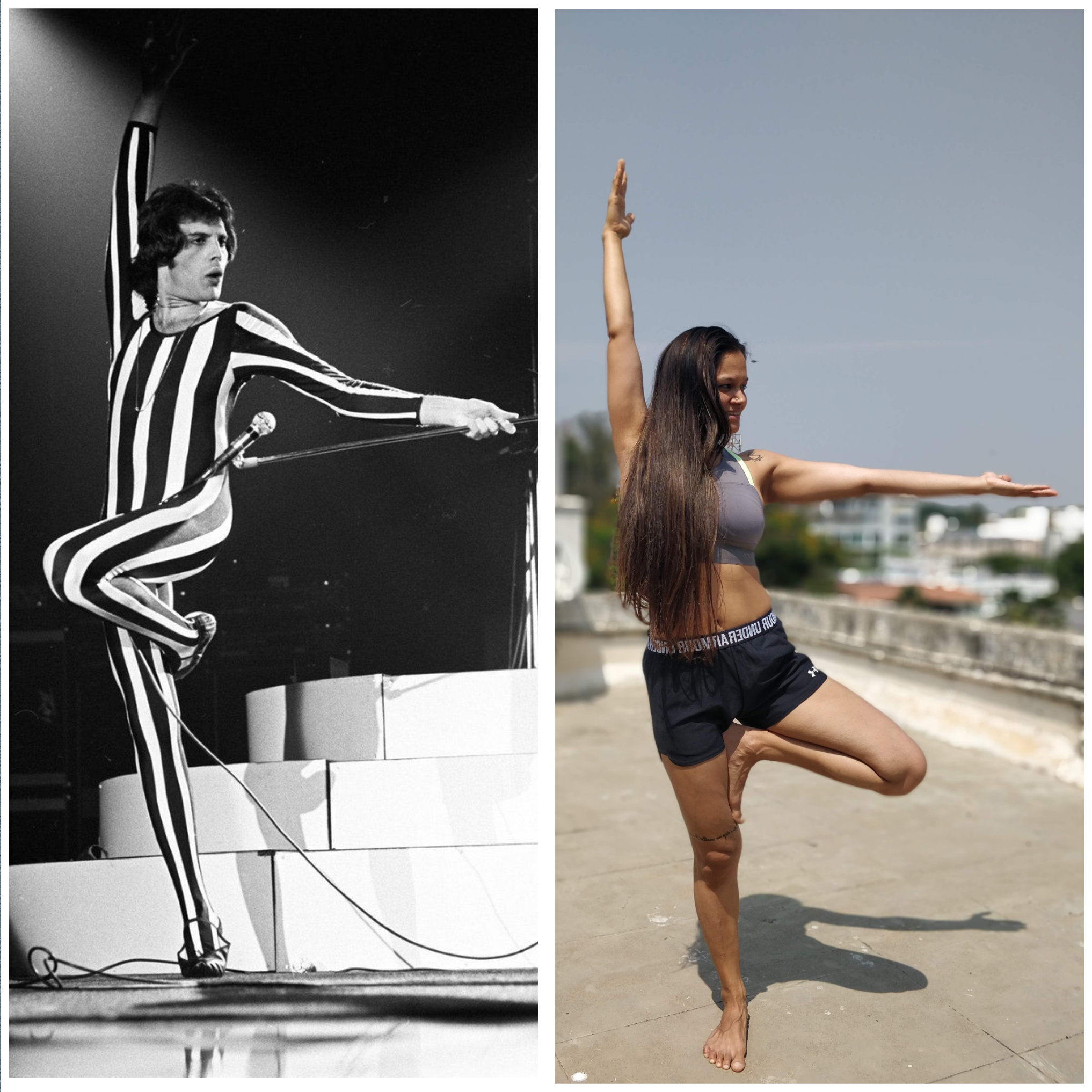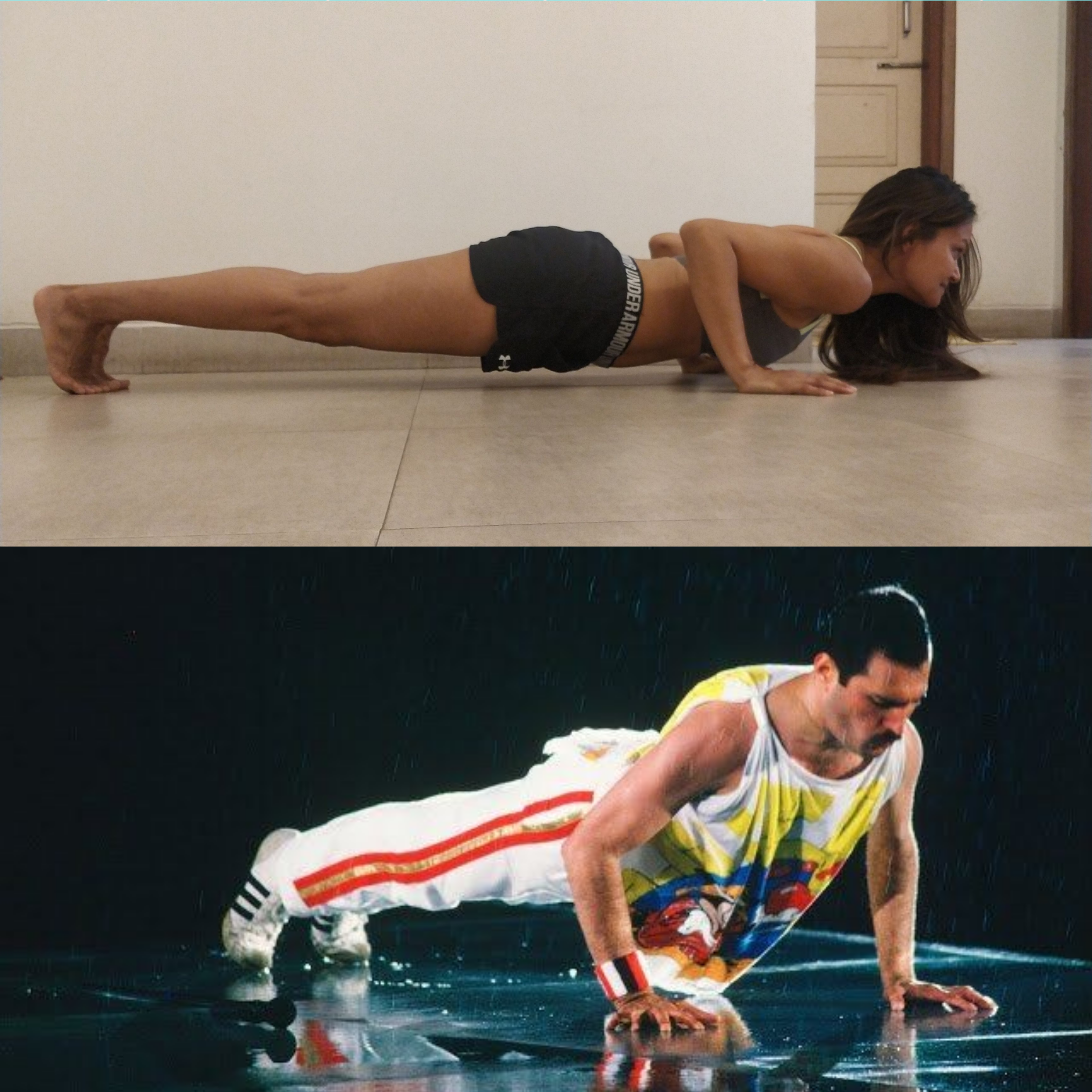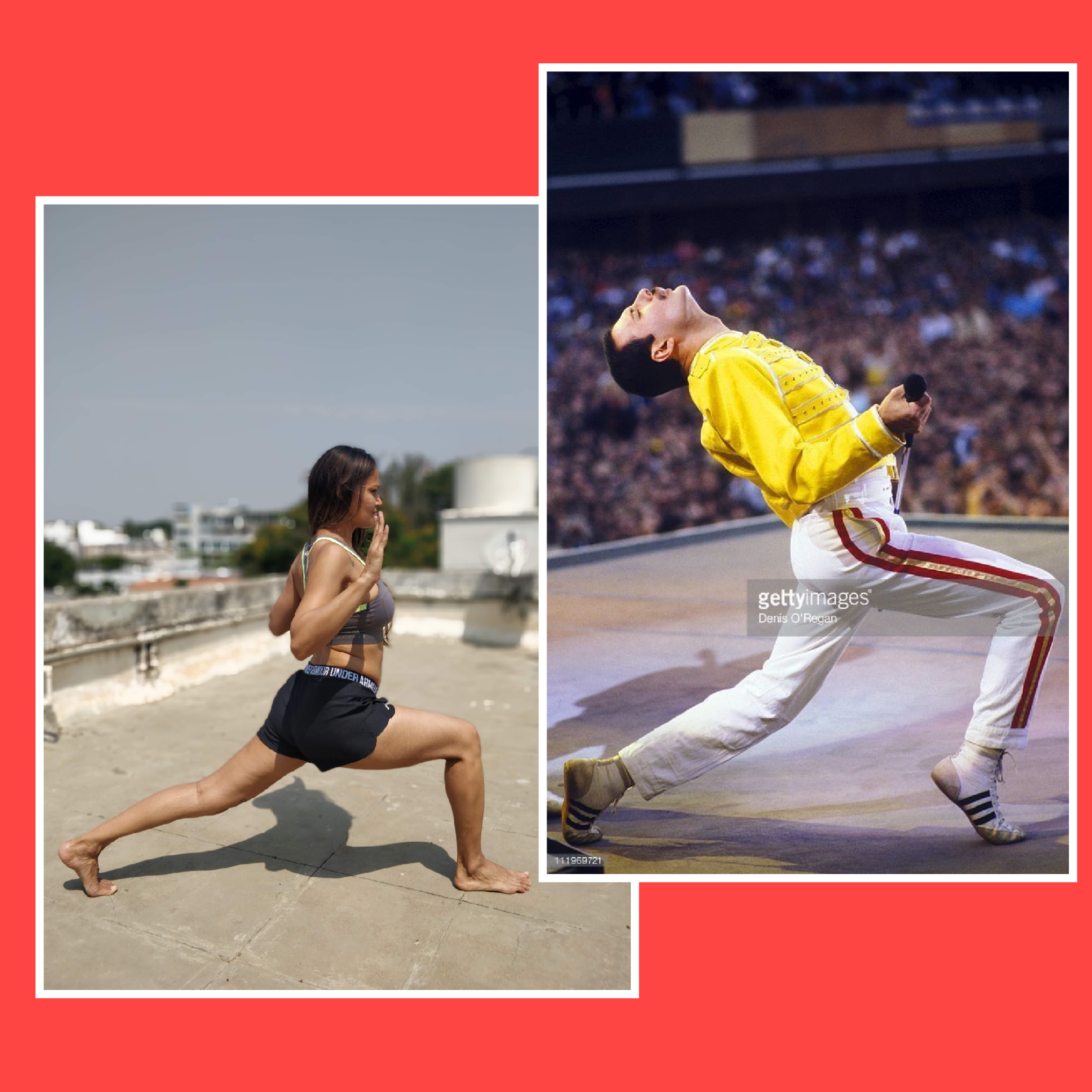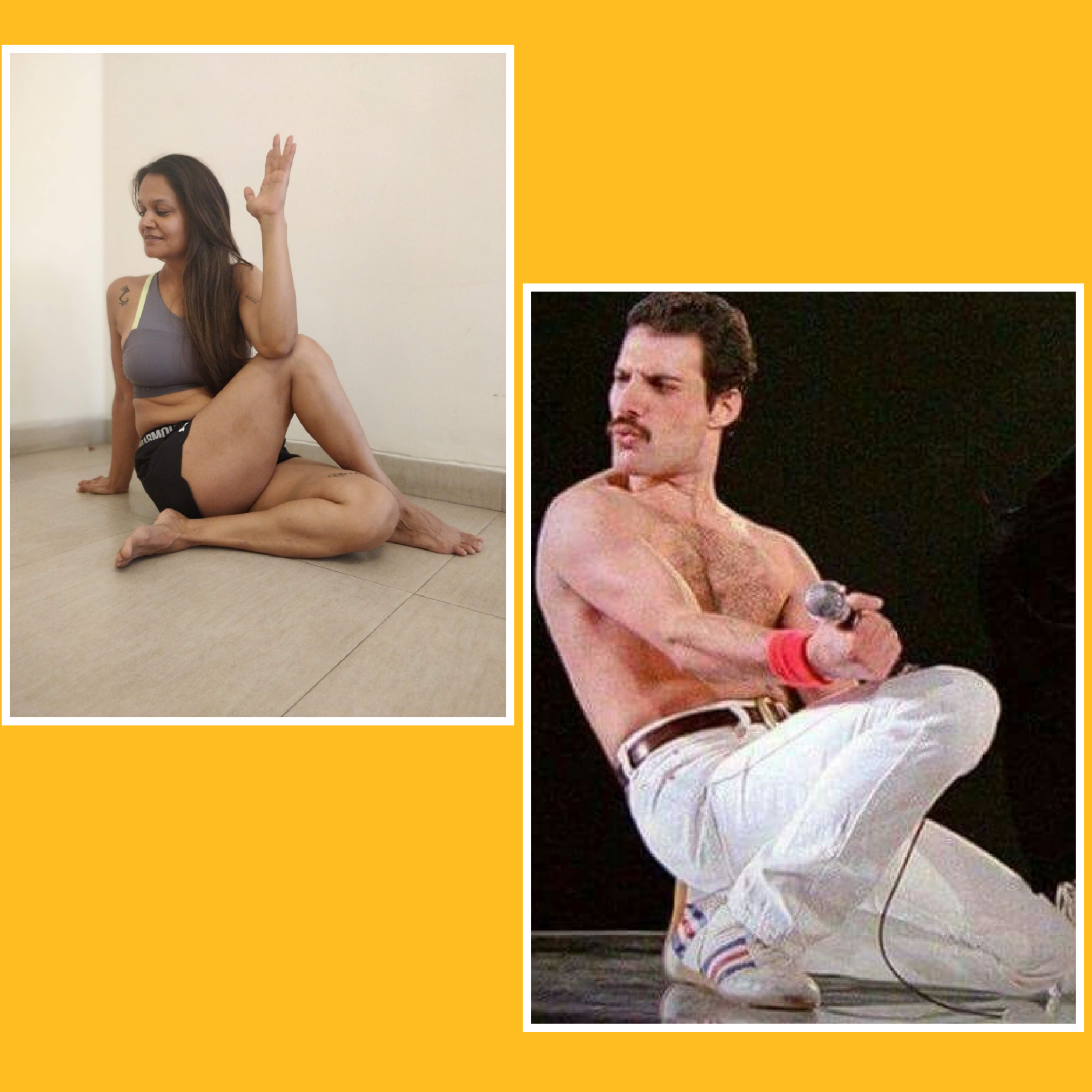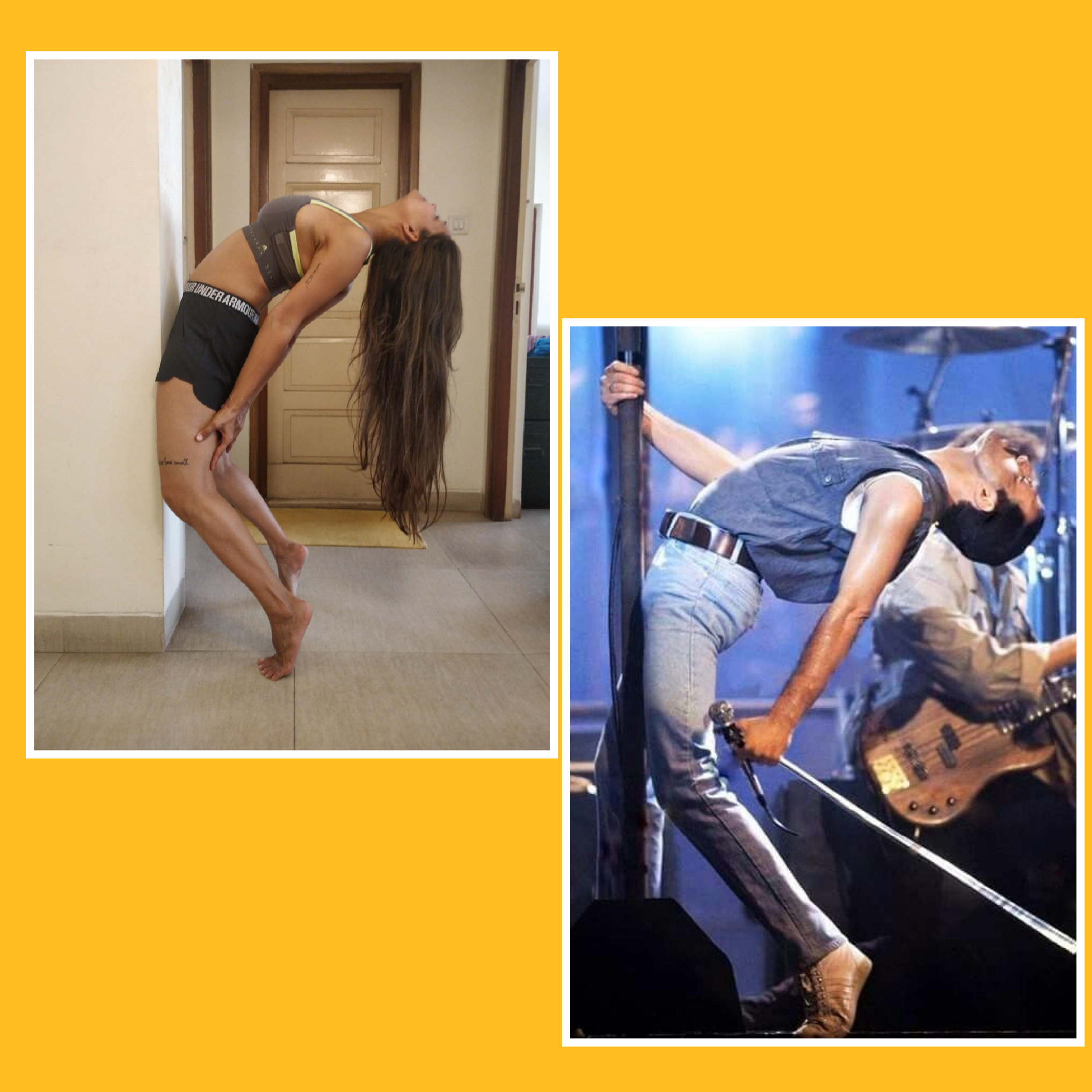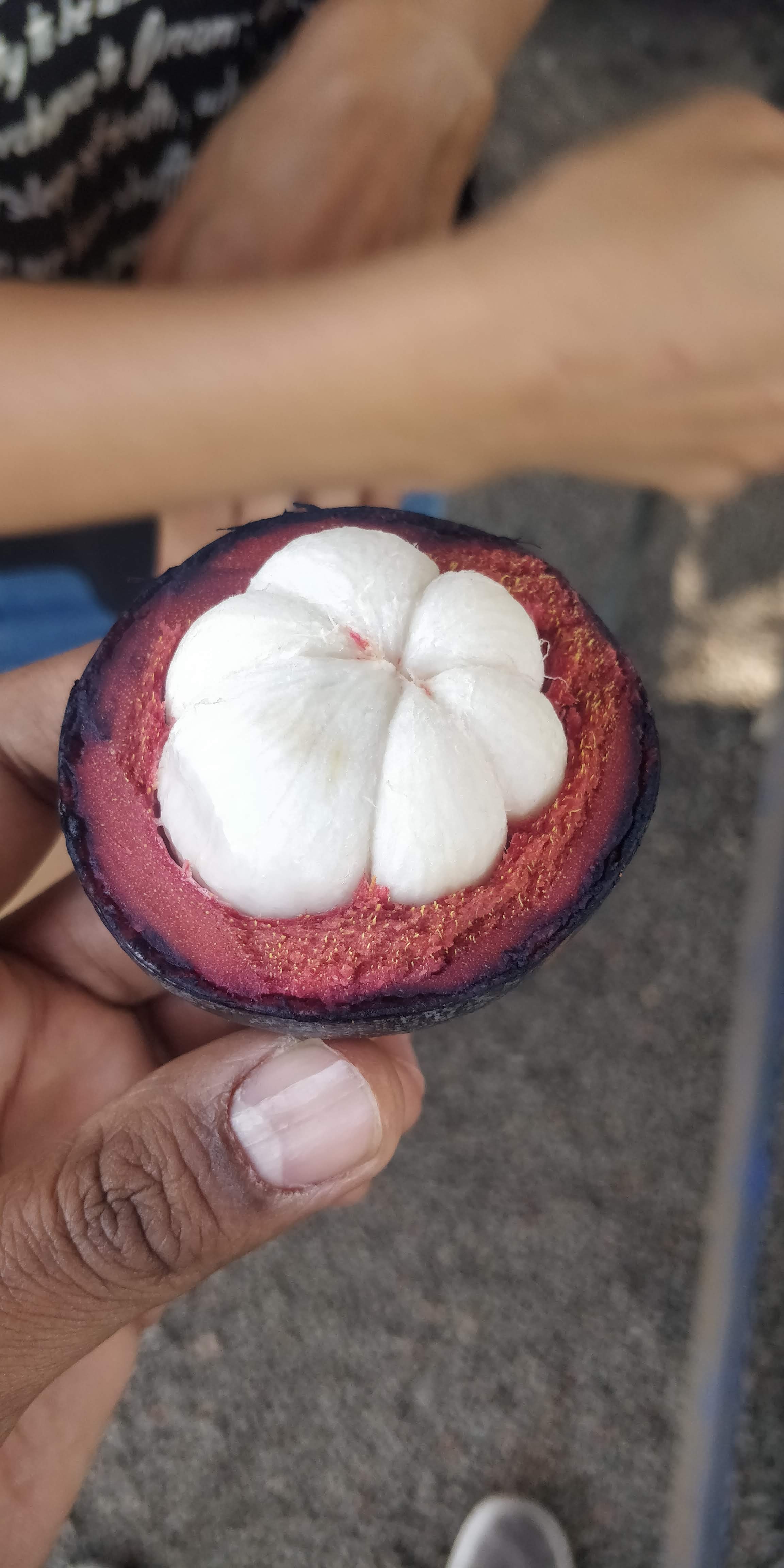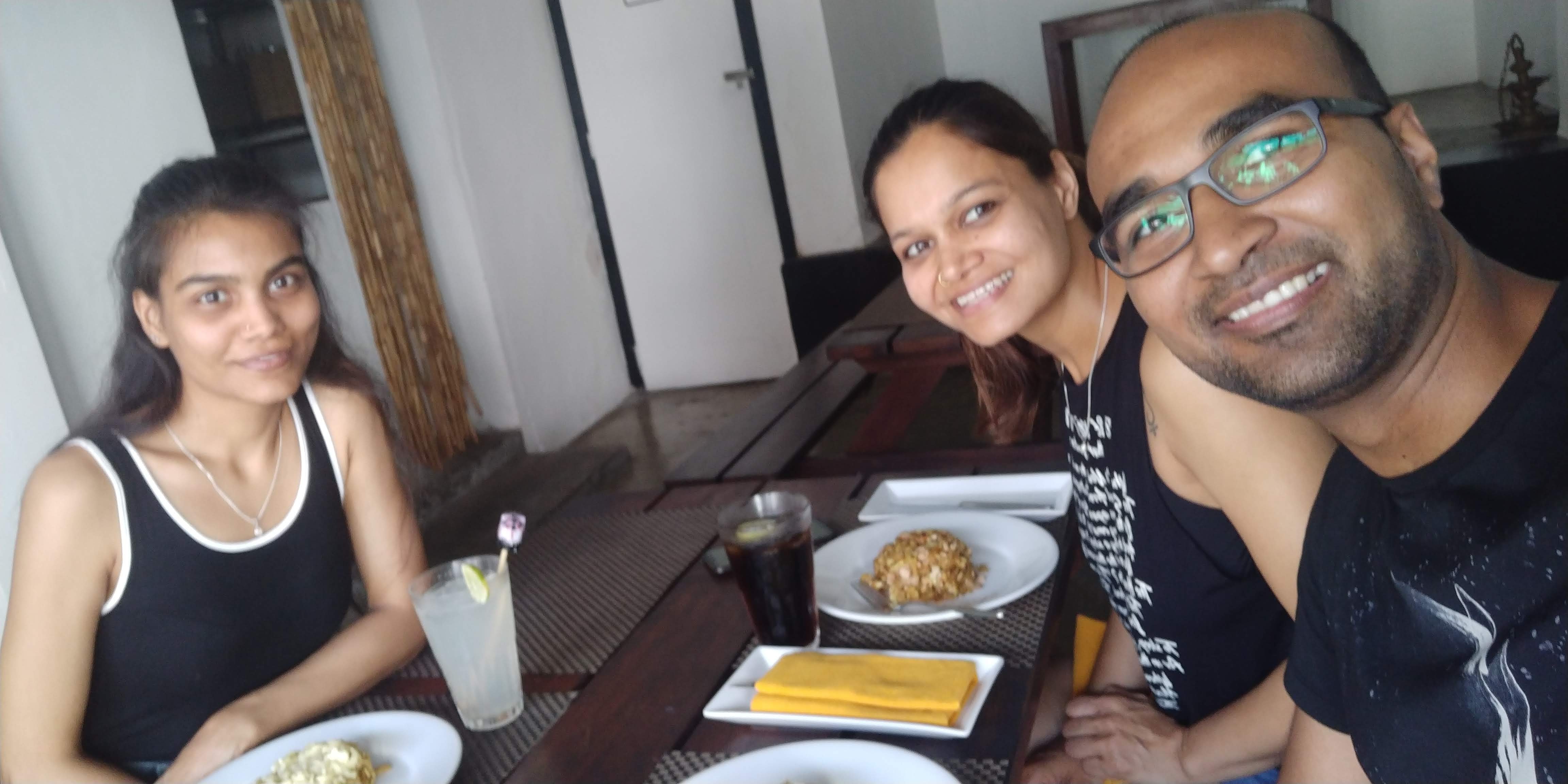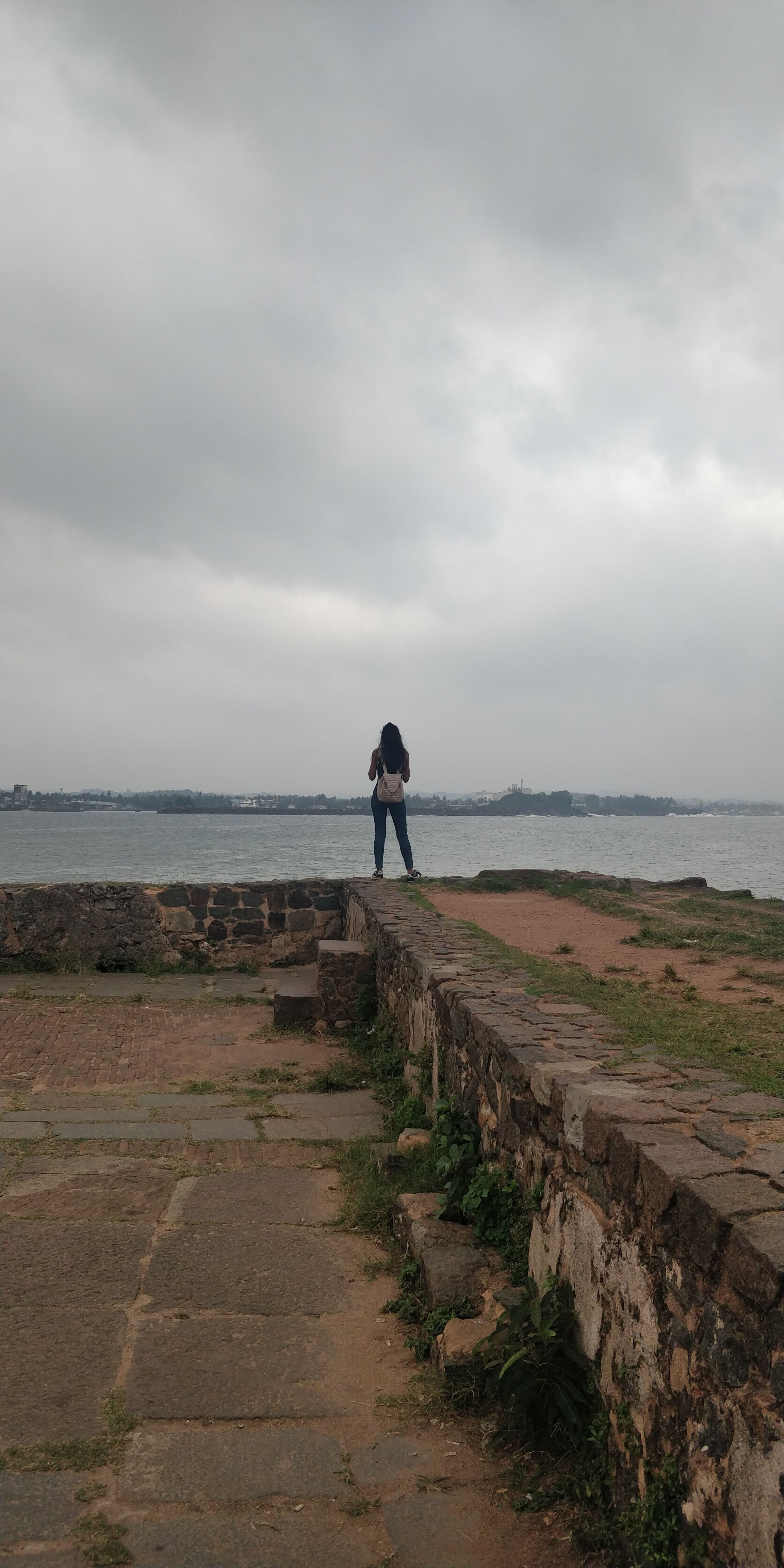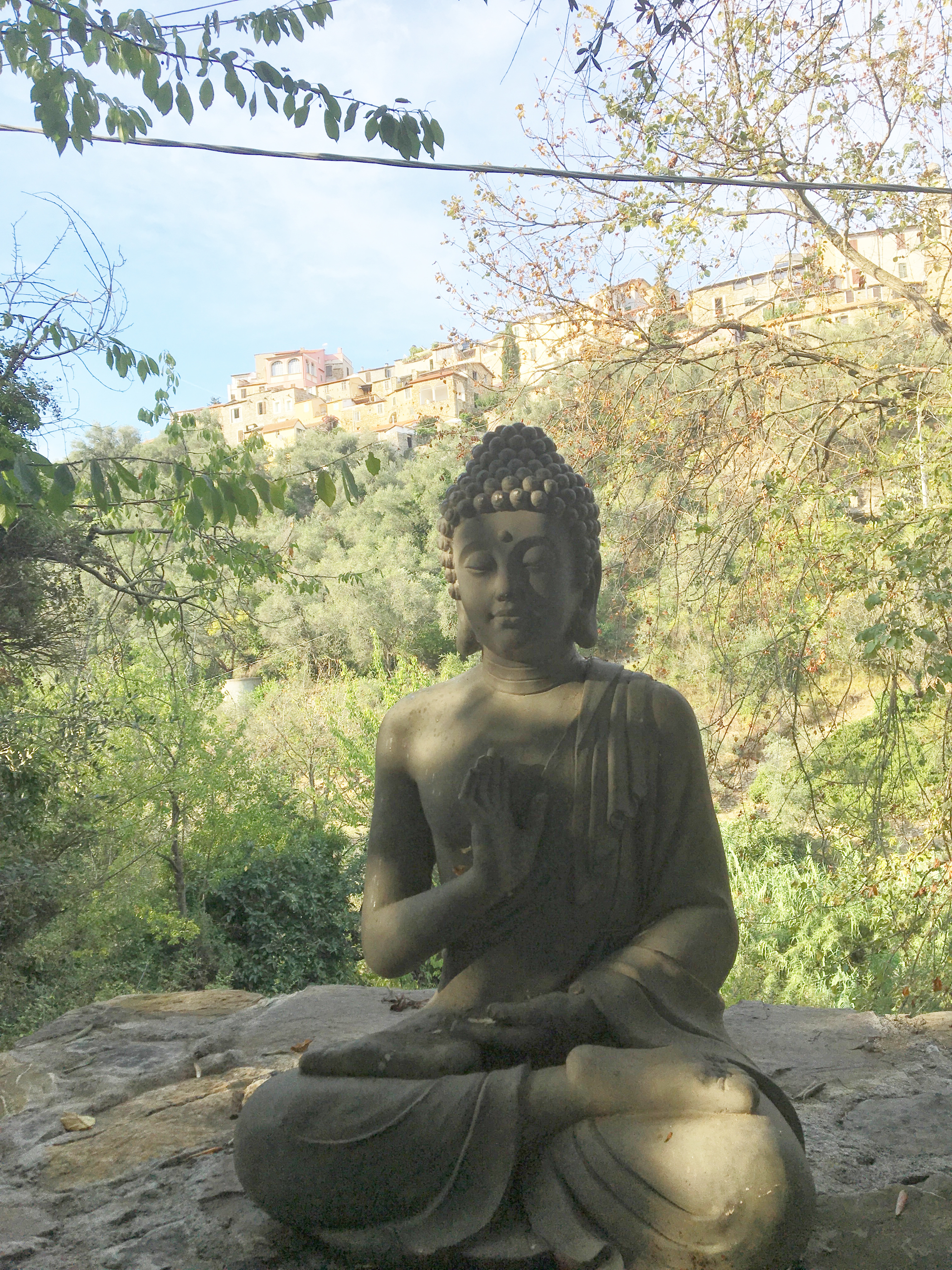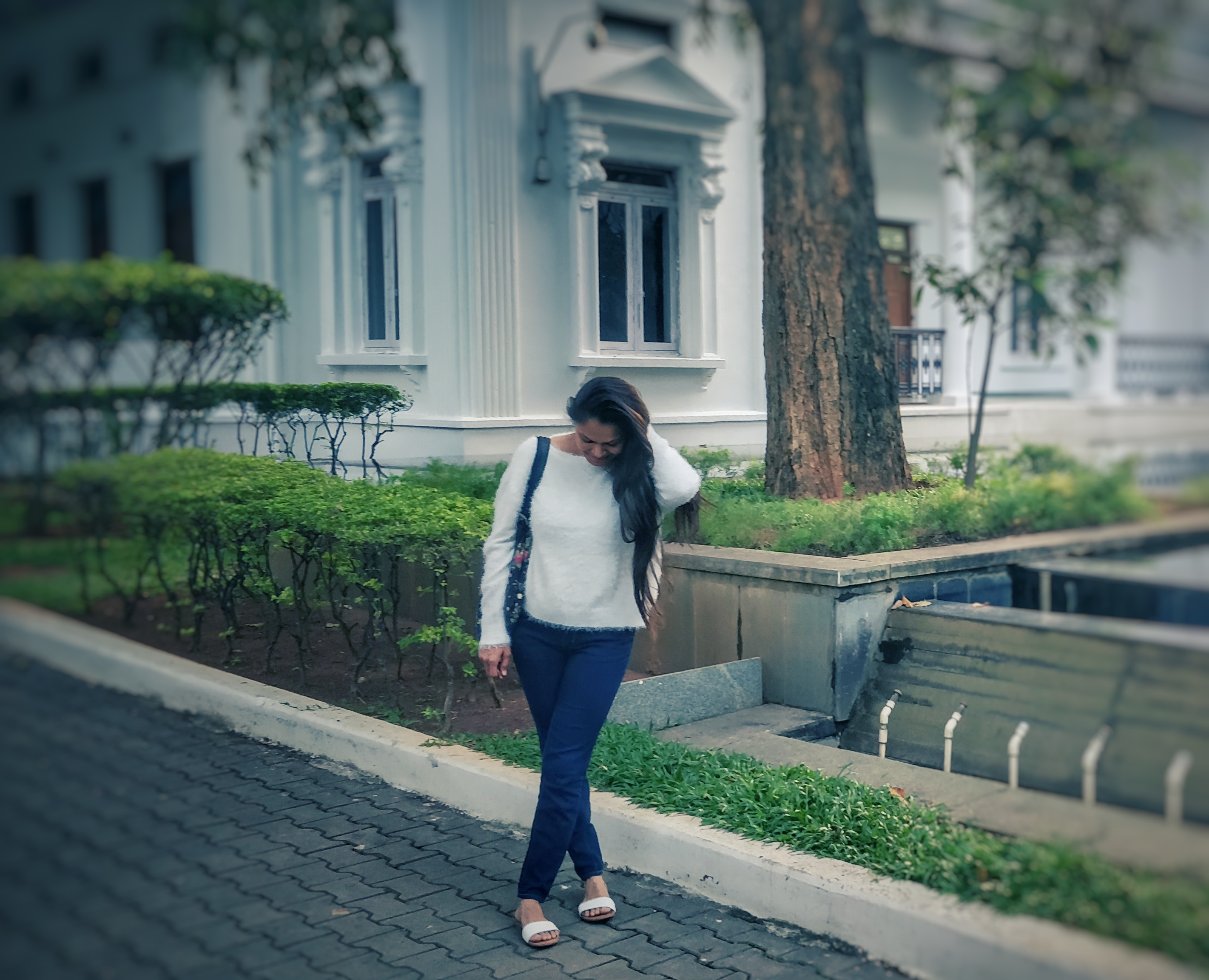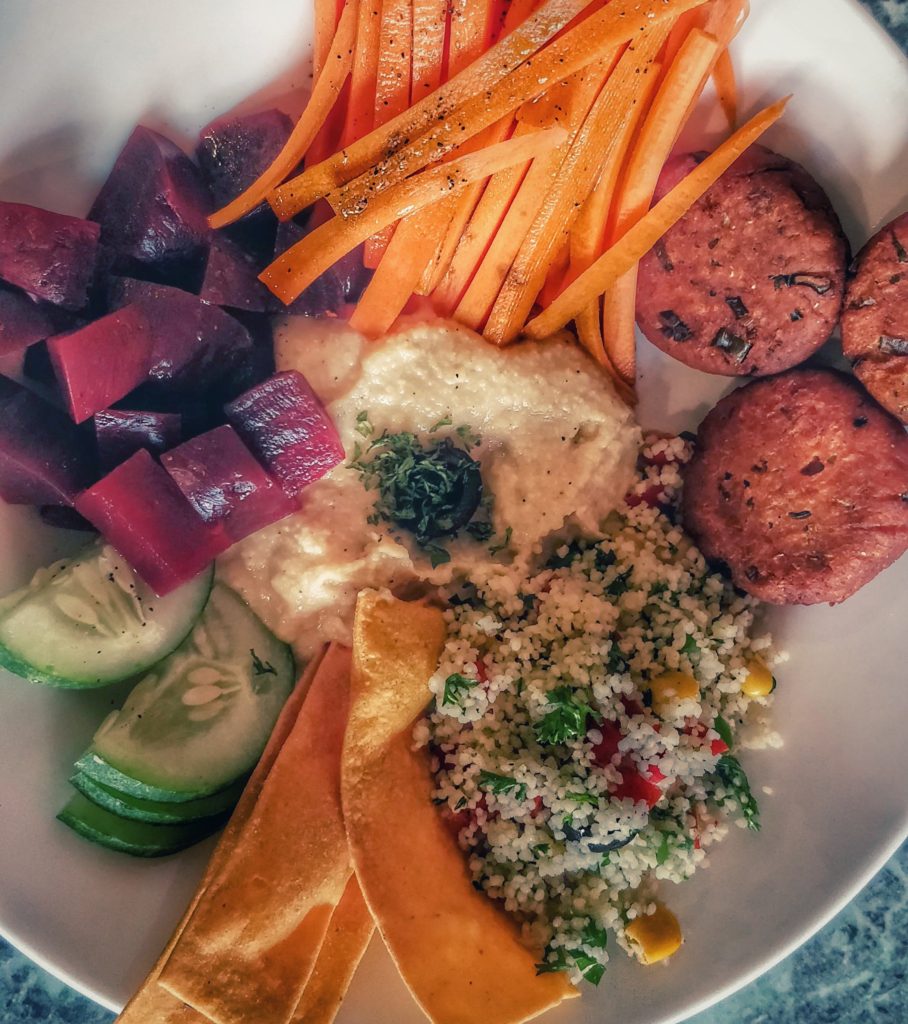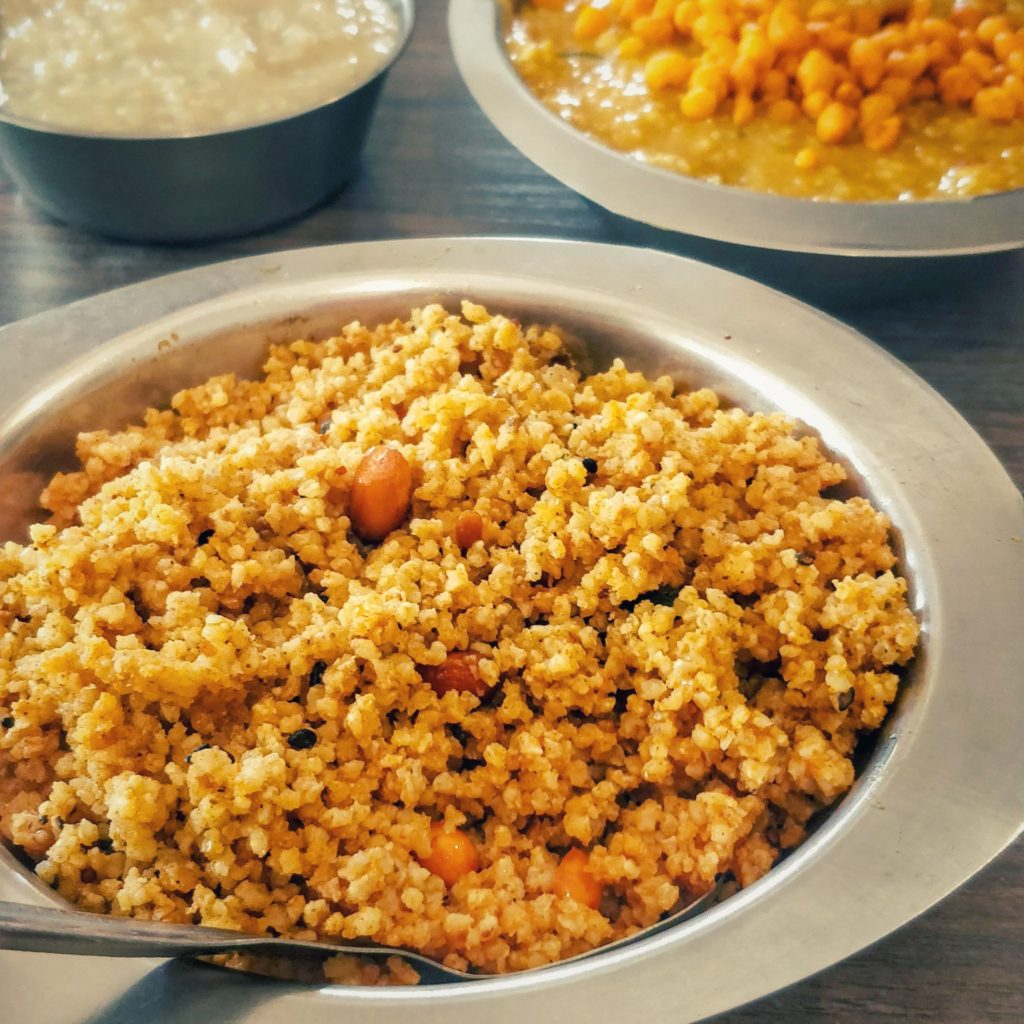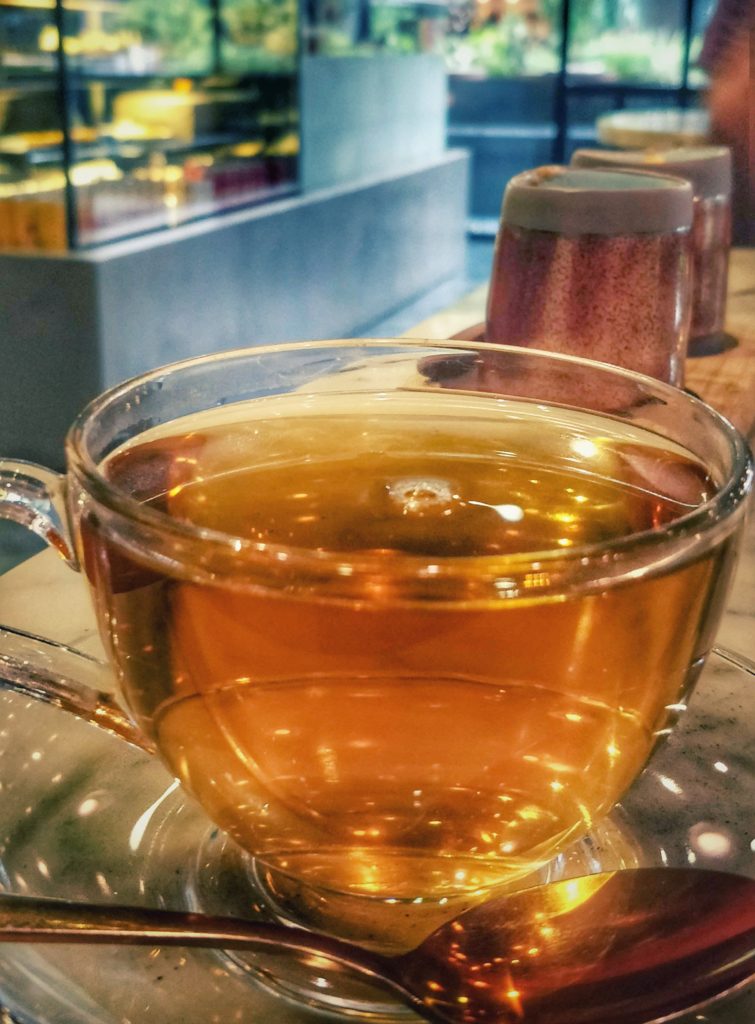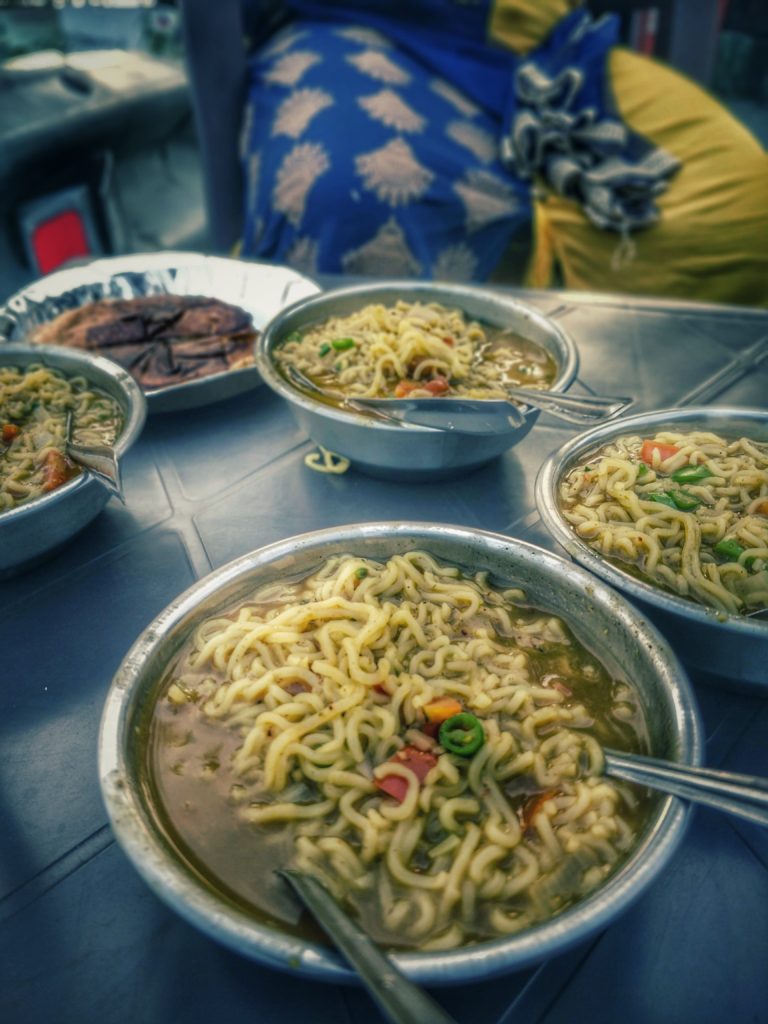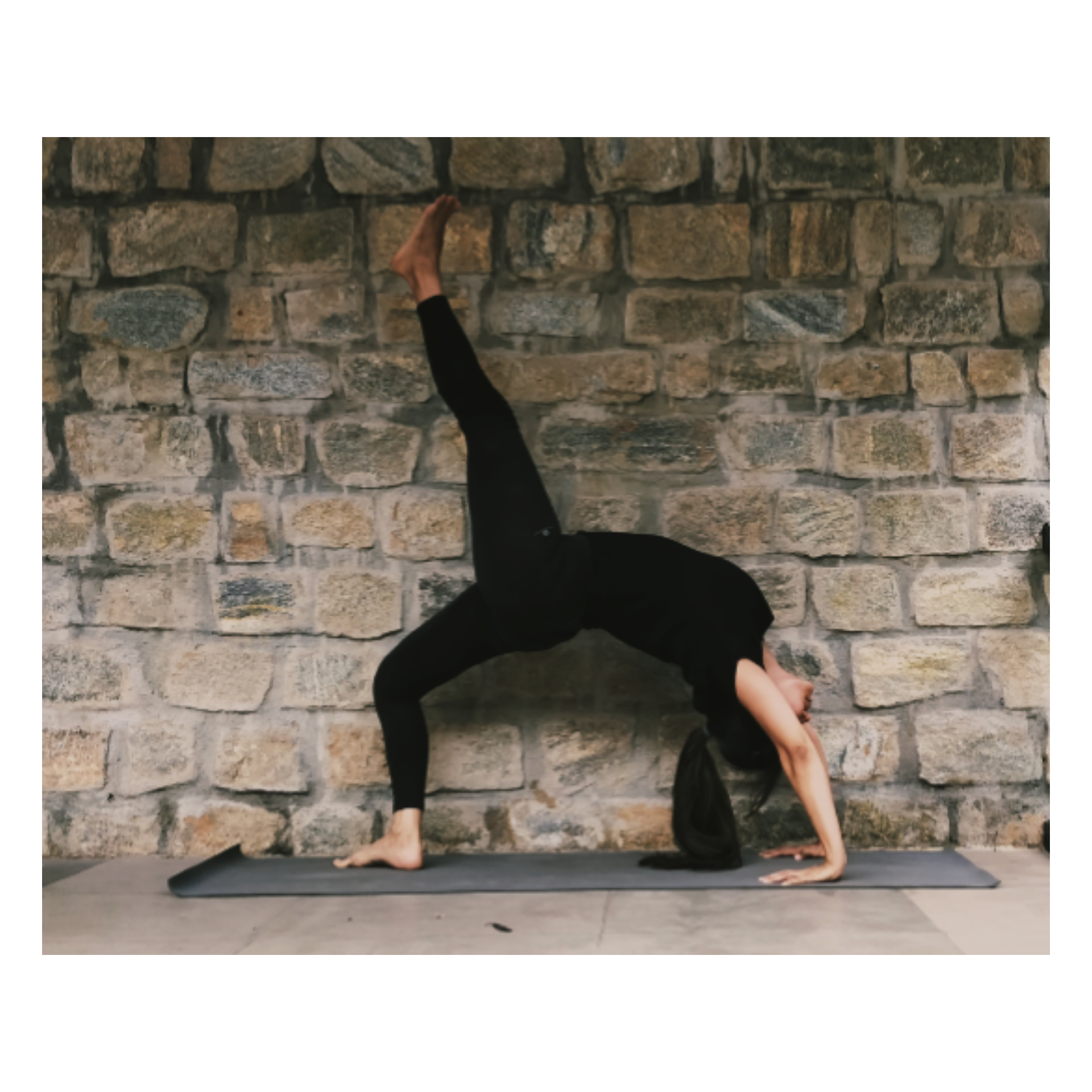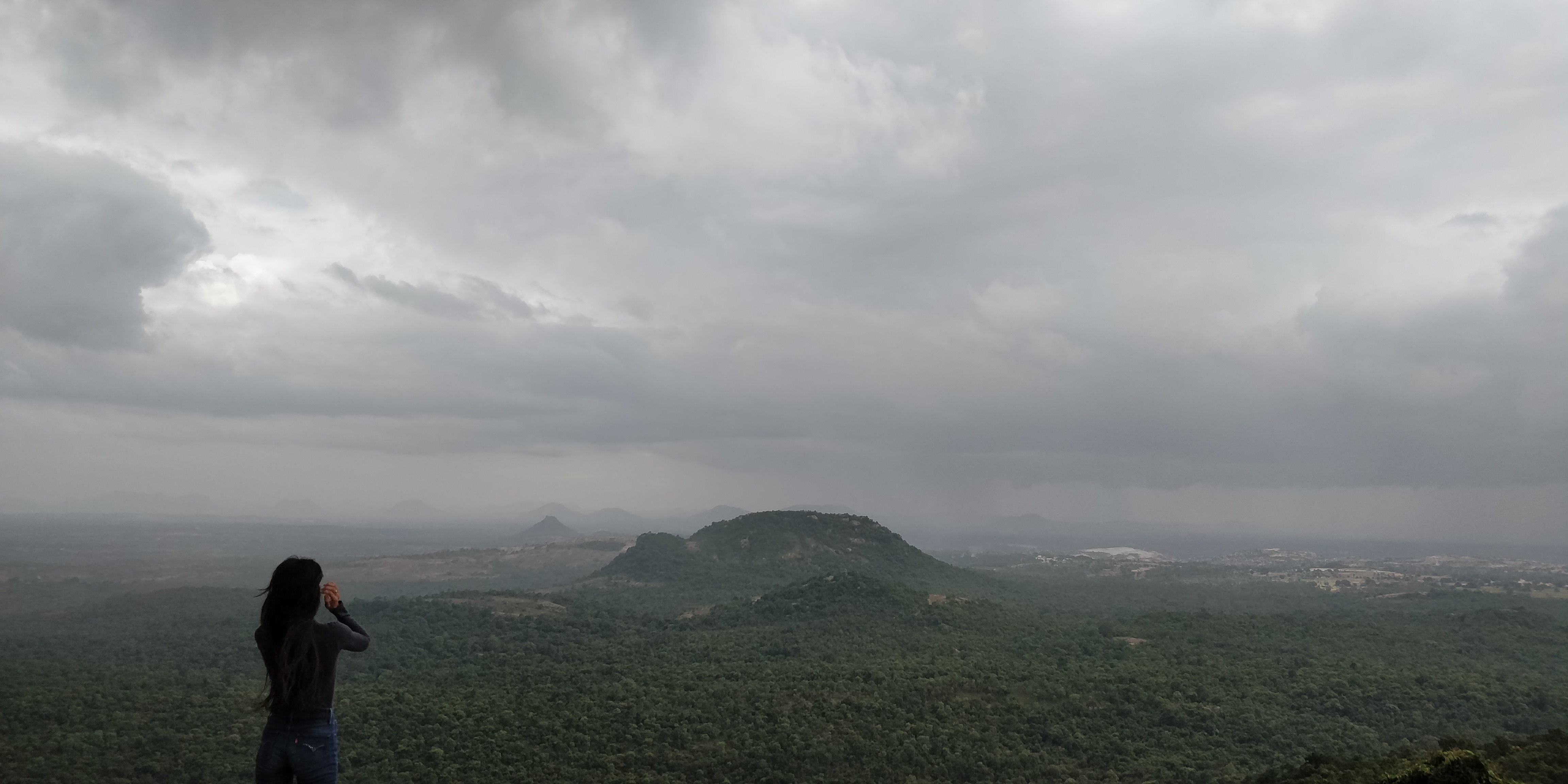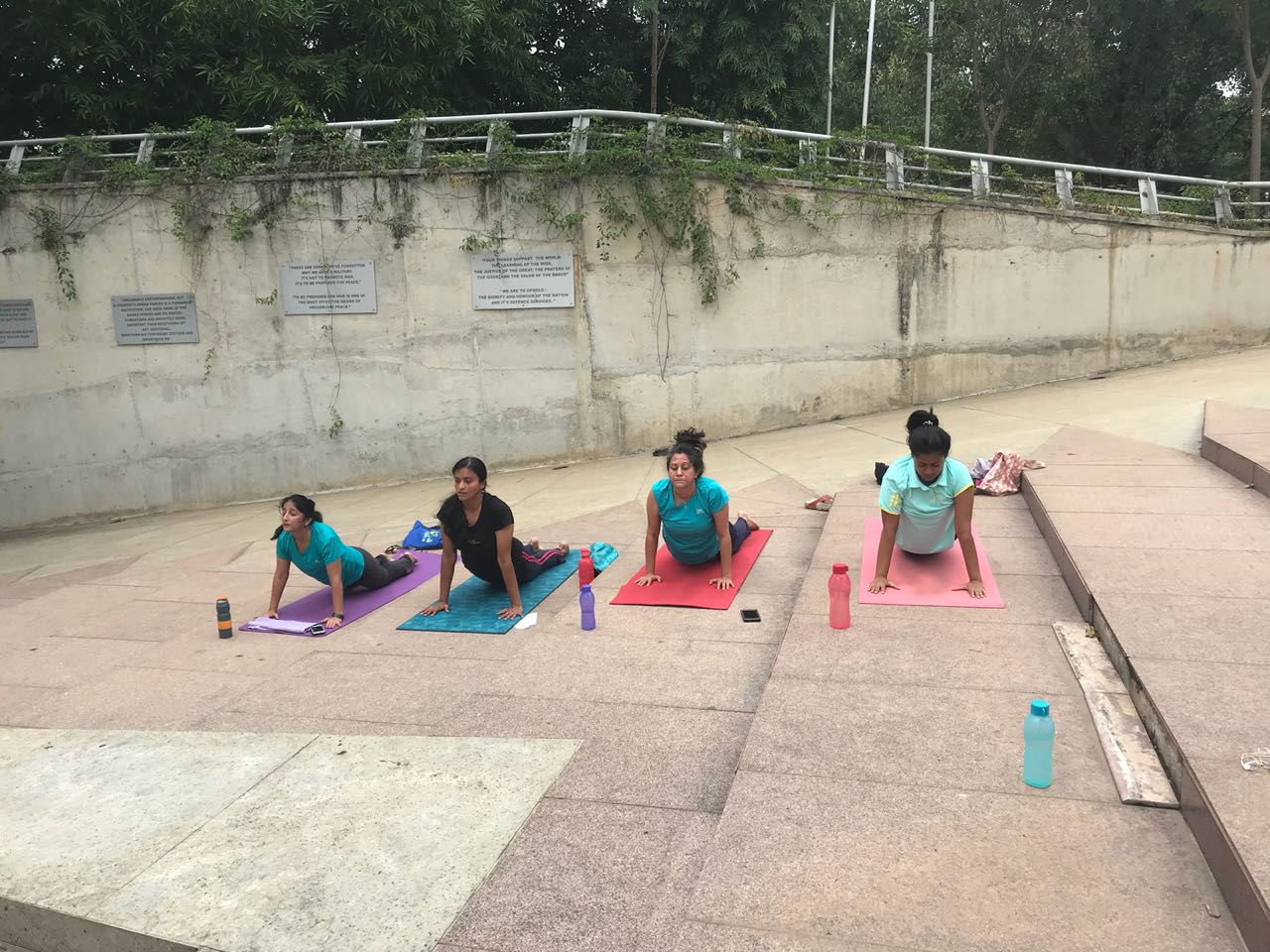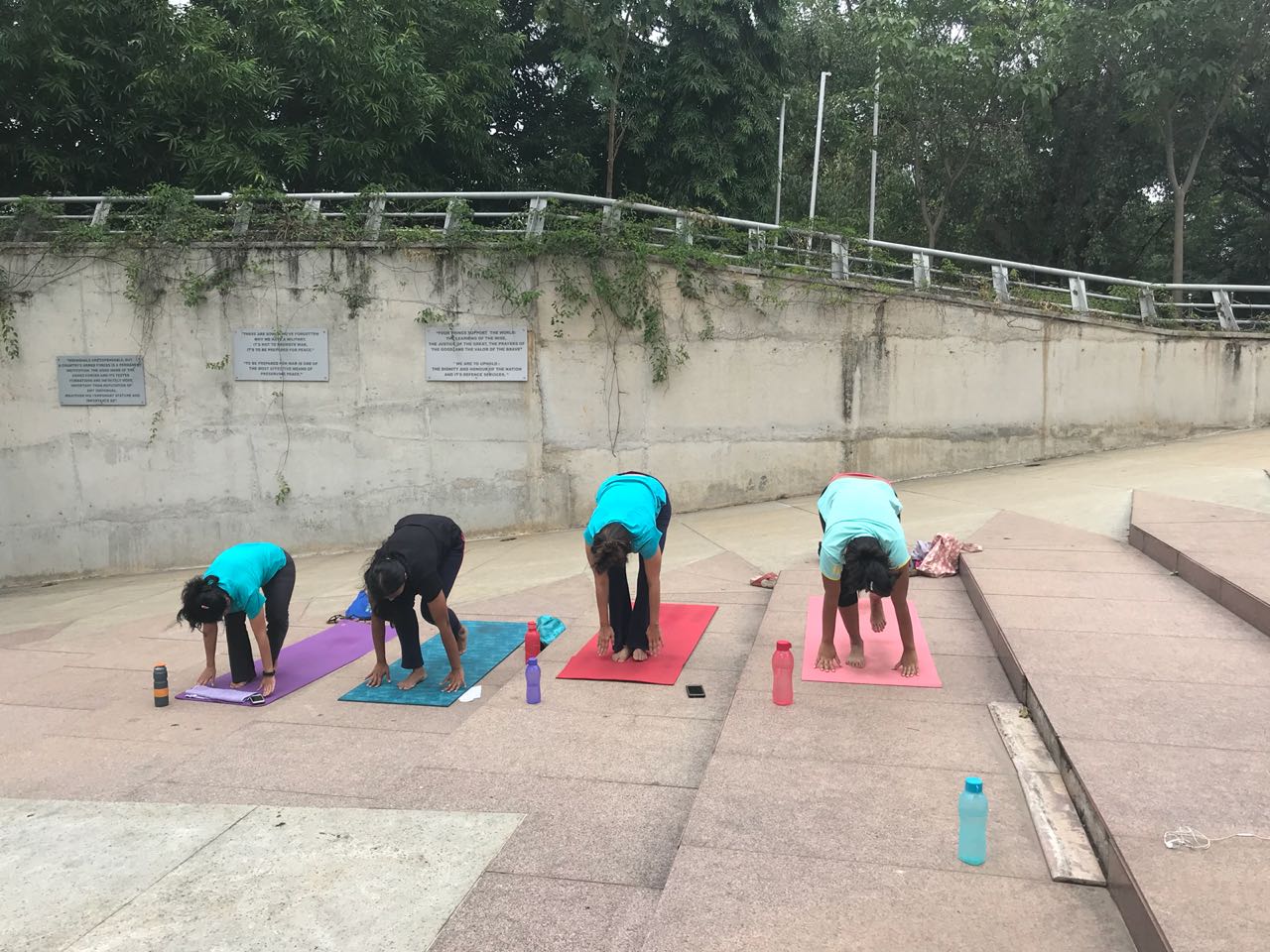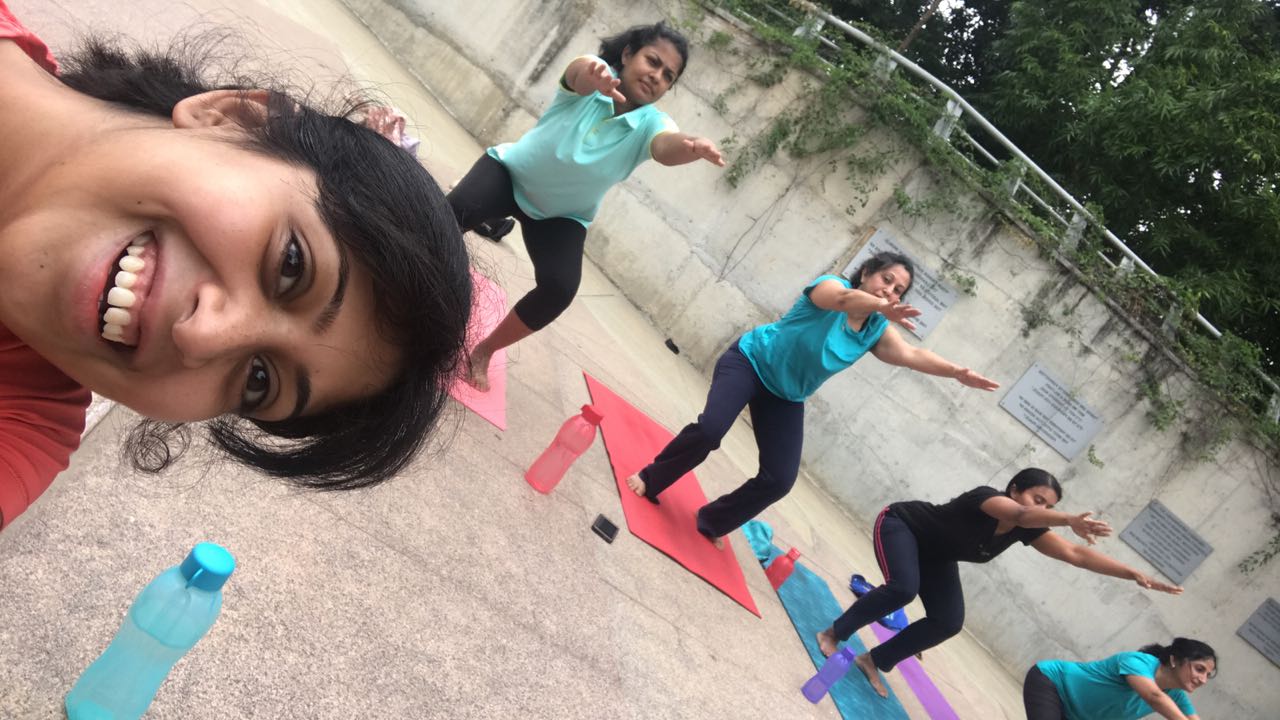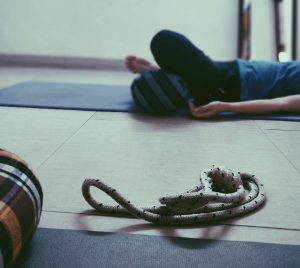
Three times a week I have a student coming home early morning. For an hour we work with all our props and what follows is a deep, delicious savasana.
The first post of the week was a snapshot of my hand balancing practice. I’ve been trying to invert for many years now. Some days it’s good, some days not so much. But I do a certain amount of inversions daily. I find using blocks for pincha mayurasana and a bolster for adhomukha vrkshasana helps to activate, stimulate and access my core muscles.
On Wednesday, the 31st I had an amazing book talk hosted by Carrots Restaurant. Carrots is my default go-to for such events because their food is amazing and the vibe of the place is just the right amount of holistic health meets real life people. Geetanjali, a friend of mine since college, also attended and relegated us all with anecdotes of me from college. She reminded me that I was a huge fan of the Khadi Bhandar even back in college when such stuff wasn’t ‘cool’ like it is now!
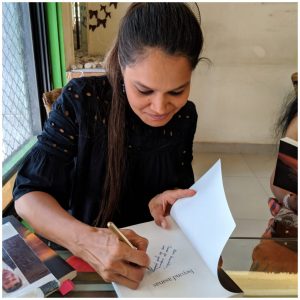
All writers dream of when they will be signing their books. It still feels surreal.
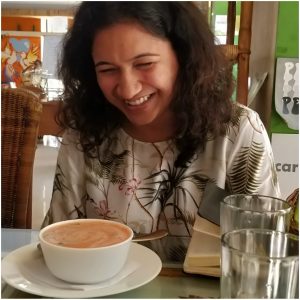
Grateful for friends who partake of and enjoy your success.
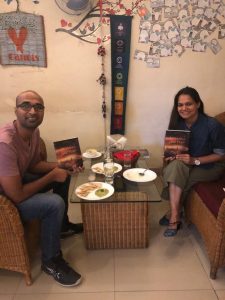
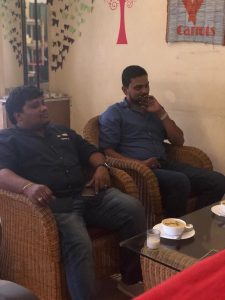
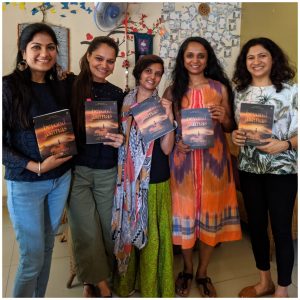
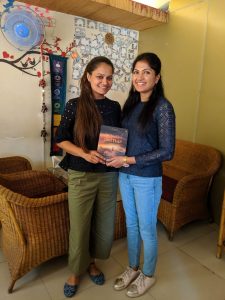

In other new, I spotted my book ‘Beyond Asanas‘ at Higginsbothams on MG Road and was quite kicked about it. As usual I took a million pictures of it.


In the run-up to my book launch, RJ Grisha, a lovely lady based in Chicago reached out to me via my Facebook page to see if I would do an interview for her radio should called ‘Life Aaj Kal’. It was great because I got a chance to analyse myself and introspect a bit. After all, it’s when we come across major breakthroughs that we think most about the meaning of everything in our lives. When I listen to the interview now I smile in spite of myself. I sound excited and nervous, happy and cautious…a young girl on the brink of the greatest event in her life. You can listen to the interview here on the RadioPaaniPoori site.
Yesterday (4th Aug) I was kicked about doing an event for a company called Floh. My talk was about how yoga has helped me with my personal and professional life. I spoke about how our relationship with ourselves pretty much determines our relationship with others. Therefore, it’s imperative to work on that relationship. When I became more conscious of how I treat myself, talk to myself and perceive myself, then miraculously, others also became conscious of it.
But the best part of Sunday is my weekly runs at the Ulsoor Lake. Yesterday I clocked 5 km and followed it up with some stretching and hanging upside down.
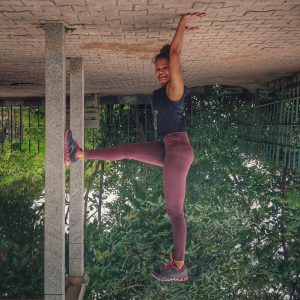
Favorite thing on this planet – loads of time to practice, run, stretch and monkey around Ulsoor Lake.
